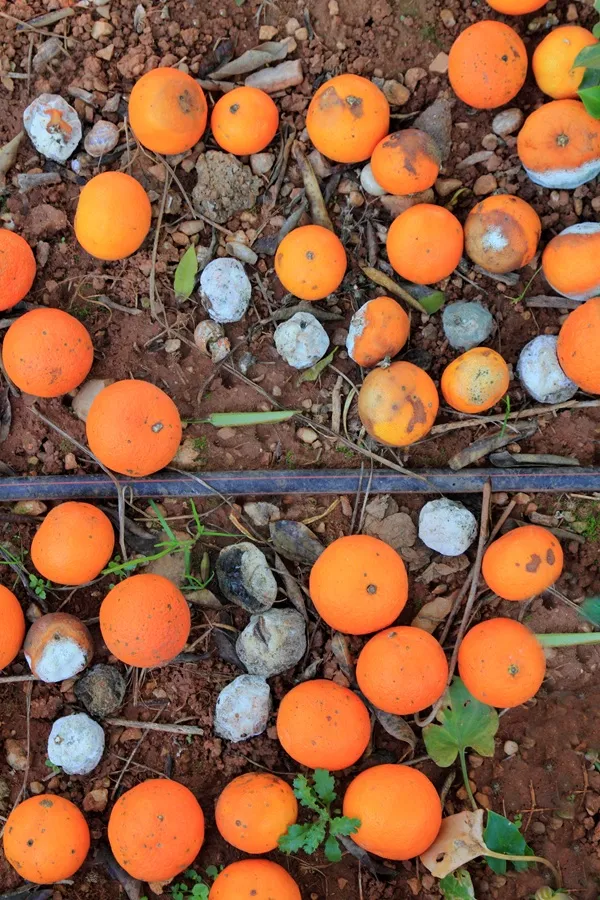Table of Contents
Analysis of Perishable Food Waste and Solutions for Distributors, Grocers, and Supermarkets
The Problem: Perishable Food Waste
Perishable food waste is one of the most significant challenges in the global food supply chain. Fresh produce, meat, seafood, salad greens, and herbs spoil quickly due to short shelf lives, improper storage, over-purchasing, and inefficient distribution. This leads to environmental harm, financial losses, and food insecurity.
Key Causes of Perishable Food Waste
- Overstocking & Demand Mismatch: Retailers overstock to maintain variety, but demand fluctuations lead to spoilage.
- Poor Inventory Management: Lack of real-time tracking causes over-ordering or food expiration before sale.
- Storage & Handling Issues: Improper temperature control accelerates spoilage, particularly in meat and seafood.
- Aesthetic Standards: Many supermarkets discard "imperfect" but edible produce.
- Consumer Behavior: Bulk purchases and lack of meal planning result in household-level waste.
Solutions for Distributors, Grocers, and Supermarkets
- Advanced Inventory Management:
- Use AI and predictive analytics to forecast demand and prevent overstocking.
- Implement First-In-First-Out (FIFO) and automated tracking to reduce expired stock.
- Optimized Storage & Transport:
- Invest in better refrigeration, cold chain logistics, and temperature-controlled transport.
- Improve warehouse organization to prioritize perishable items.
- Discounts & Donations:
- Offer discounts for near-expiry products through dynamic pricing.
- Partner with food banks and charities to donate excess edible food.
- Selling “Ugly” Produce:
- Promote sales of visually imperfect but nutritious produce.
- Partner with businesses that specialize in “rescued” food boxes.
- Consumer Education & Engagement:
- Encourage smaller, frequent shopping trips over bulk buying.
- Provide storage tips and recipes to use aging produce effectively.
By adopting these strategies, distributors, grocers, and supermarkets can significantly reduce perishable food waste, improving sustainability, profitability, and food security.









